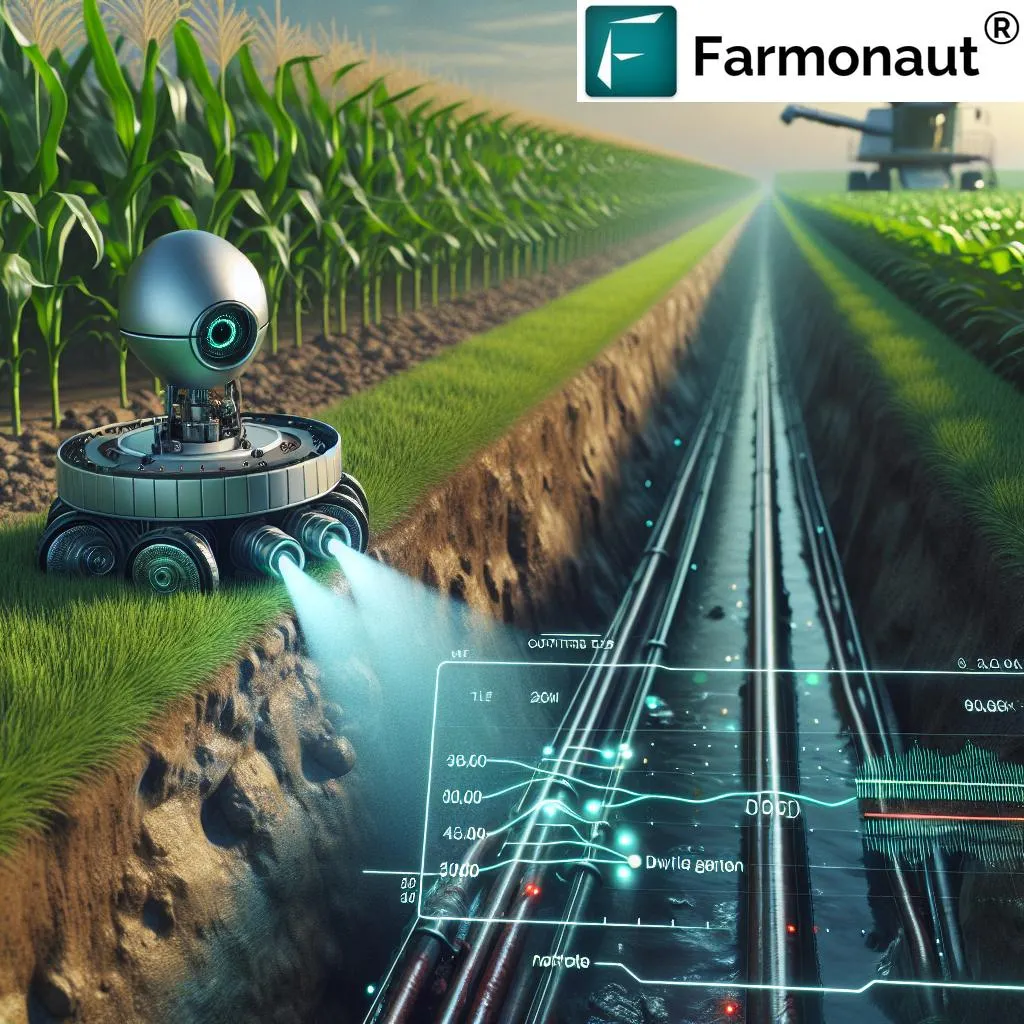In the heart of Iowa, a groundbreaking approach to grain drying is taking shape, promising to revolutionize the way farmers monitor and manage their grain storage. Dillon G. Hurd, a researcher from the Department of Chemical and Biological Engineering at Iowa State University and a key player at Haber Technologies Inc., now part of Shivvers Technology and Innovation Group, has developed an innovative artificial intelligence (AI) sensor that could significantly reduce the costs and complexities associated with traditional grain moisture monitoring.
The current industry standard for measuring in-bin grain moisture content (IBGMC) involves the use of moisture cables, which are not only expensive to purchase and install but also require regular maintenance. Hurd’s research, published in the journal ‘Smart Agricultural Technology’ (which translates to ‘Intelligent Agricultural Technology’), proposes a novel AI sensor that could potentially render moisture cables obsolete.
The AI sensor, termed a Physically-Informed Neural Network (PINN), is a combined theoretically-based dynamic physiological and empirical modeling approach. It uses data from air condition sensors positioned near the fan inlet and in the bin’s headspace to infer IBGMC during drying. The sensor is calibrated using data obtained from moisture cables installed in a drying bin, which are then removed and used to calibrate AI sensors for other drying bins.
“The use of moisture cables is the current practice to obtain IBGMC,” Hurd explained. “However, they are costly to purchase, install, and maintain. Our approach is to use these cables initially to calibrate the AI sensor and then remove them, significantly reducing costs.”
The AI sensor’s accuracy and efficacy were evaluated using one bin of six fills over a three-year period. The results were impressive, with little room for improvement. The performance measures, which compared moisture cable data to AI sensor data, included the fitted correlation (rfit), the average absolute difference (AAD), and the average difference (AD). All these results were excellent, greatly supporting this approach as a very promising alternative to monitoring grain drying using moisture cables.
The implications of this research for the energy sector are substantial. By reducing the need for moisture cables, farmers could see significant cost savings. Moreover, the AI sensor’s ability to accurately monitor grain moisture content could lead to more efficient drying processes, reducing energy consumption and costs.
“This research could shape future developments in the field by providing a more cost-effective and efficient way to monitor grain drying,” Hurd said. “It’s a win-win situation for both farmers and the environment.”
As the world continues to grapple with the challenges of climate change and the need for sustainable agricultural practices, innovations like Hurd’s AI sensor offer a glimmer of hope. By making grain drying more efficient and cost-effective, we can reduce our environmental impact and ensure food security for future generations.
In the ever-evolving landscape of agricultural technology, Hurd’s research stands out as a beacon of innovation. As we look to the future, it’s clear that AI and other advanced technologies will play a pivotal role in shaping the way we farm. And with researchers like Dillon G. Hurd at the helm, the future of agriculture looks brighter than ever.

